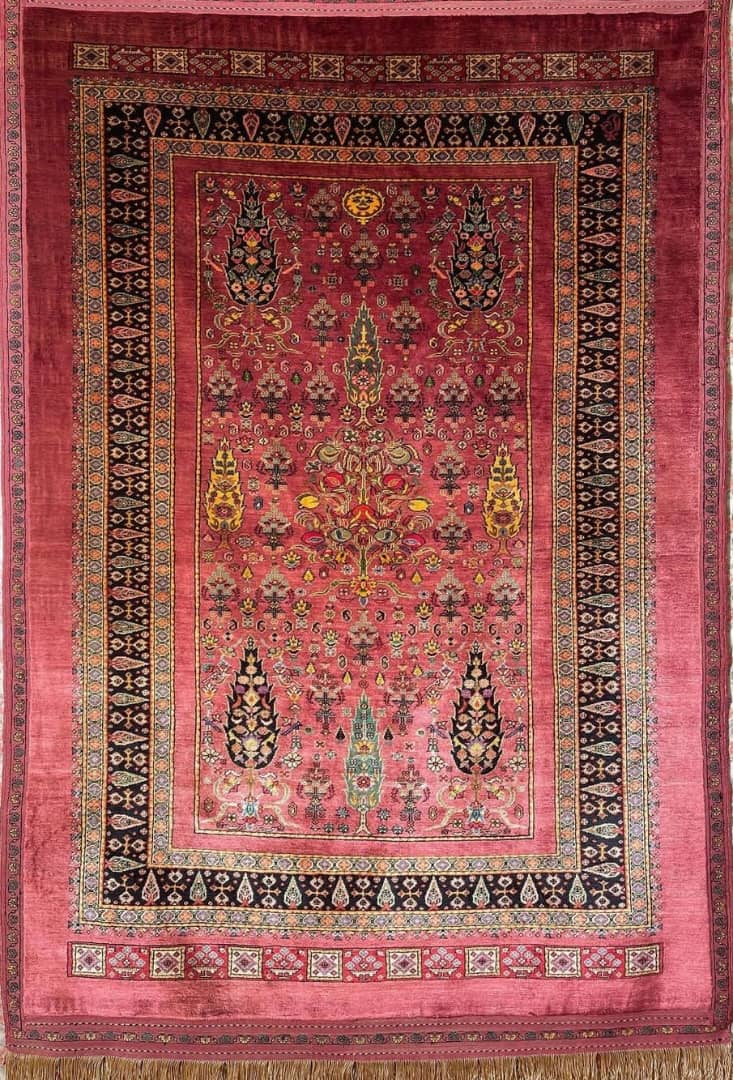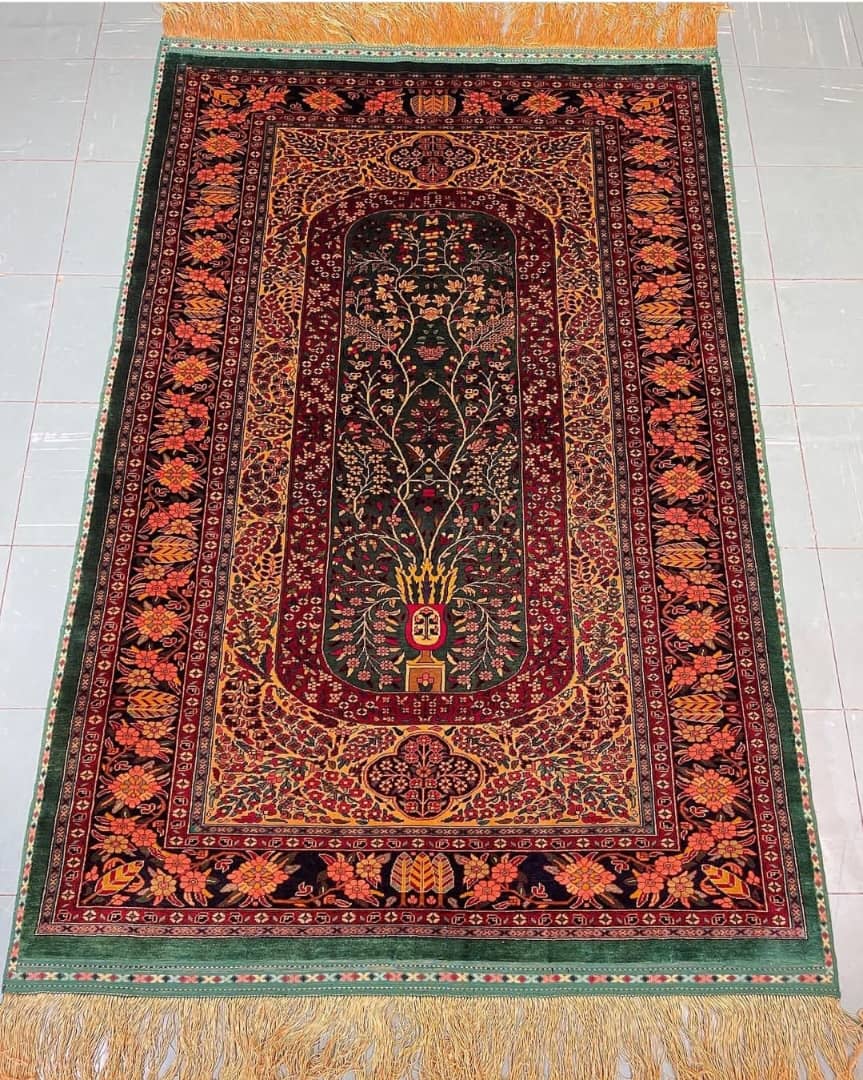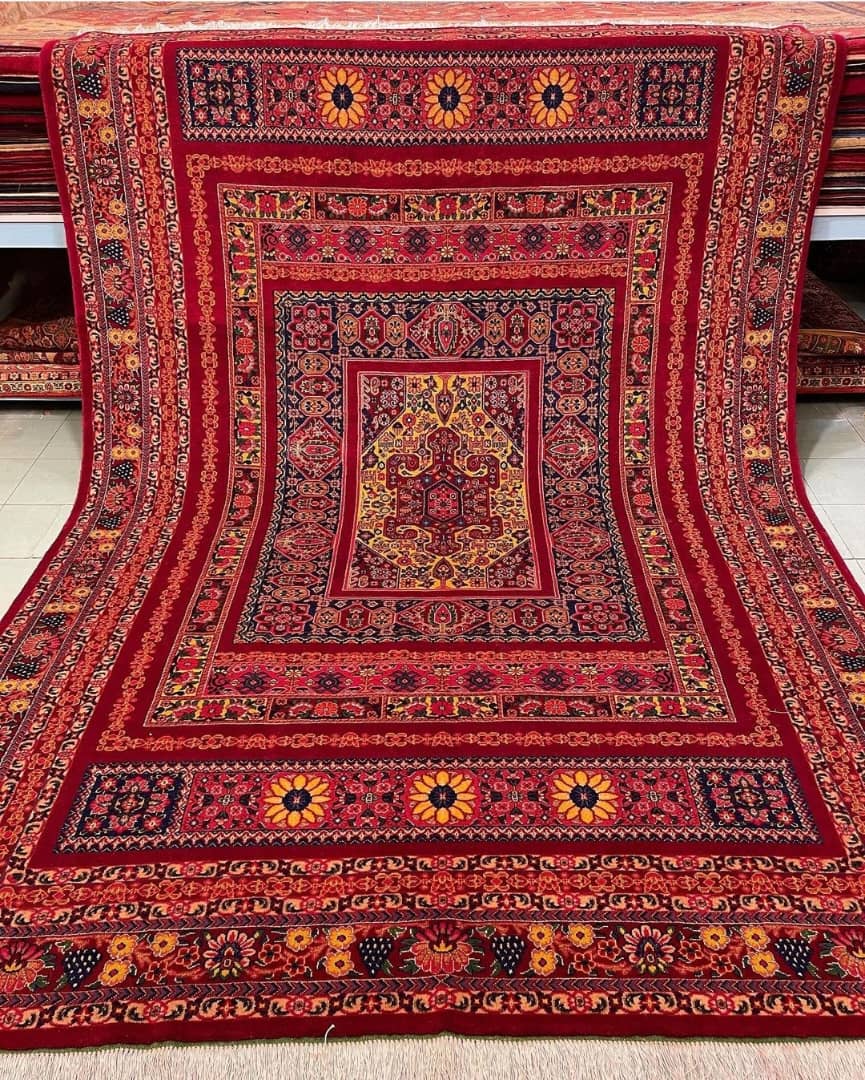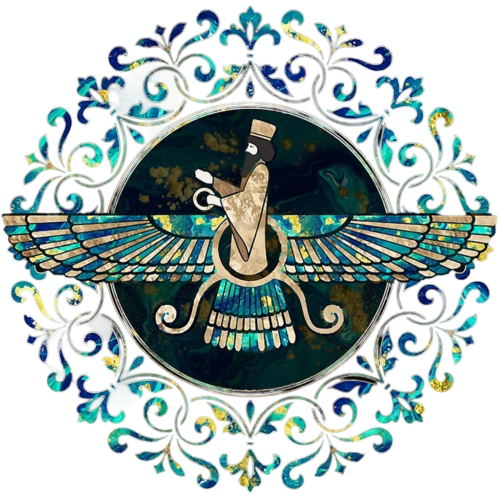How do I identify a Tabriz rug?
How do I identify a Tabriz rug? Are all Persian rugs different Identifying a Tabriz rug, which is known for its distinct style and craftsmanship, can be done by examining certain characteristics, motifs, and features commonly associated with rugs from the Tabriz region in northwestern Iran. Here’s how to identify a Tabriz rug:

1. Geographical Origin:
- Tabriz is a major city in northwestern Iran and is one of the most famous Carpet weaving centers in the country. Knowing the geographical origin of the rug is the first step in identifying a Tabriz rug.
2. Design and Motifs:
- Tabriz rugs are known for their diverse and intricate designs. Look for the following design elements commonly found in Tabriz rugs:
- Central Medallion: Many Tabriz rugs feature a central medallion, often surrounded by a field of intricate floral or geometric patterns.
- Floral Motifs: Elaborate floral motifs, including flowers, vines, and leaves, are commonly found in Tabriz rugs.
- Arabesque Patterns: Intricate arabesque patterns and curvilinear designs are frequently used in Tabriz rugs.
- Paisley (boteh) Motifs: Some Tabriz rugs incorporate paisley-shaped motifs into their designs.
- Corner Brackets: Look for decorative corner brackets or spandrels that often frame the central field.
- Border Patterns: Examine the border of the rug, which may contain floral and geometric patterns, including palmettes and serrated leaves.

3. Knotting Technique:
- Tabriz rugs are traditionally woven using the asymmetrical (Persian) knot. The specific knotting technique can provide clues about the rug’s origin. How do I identify a Tabriz rug? Are all Persian rugs different
Click to buy a silk carpet combining machine and handwork machine carpets
4. Color Palette:
- Tabriz rugs often feature a balanced and harmonious color palette. Earthy tones, pastels, and a wide range of colors, including blues, reds, and ivory, are commonly used.
5. Quality and Knot Density:
- High-quality materials and fine craftsmanship are hallmarks of Tabriz rugs. Look for a dense knotting structure and finely detailed patterns, as these indicate a well-crafted rug.

6. Signature or Label:
- Some Tabriz rugs may bear the signature of the master weaver or workshop, providing additional information about their origin.
7. Size and Shape:
- Tabriz rugs come in various sizes and shapes, including small accent rugs, room-sized rugs, and runners. The size and shape of the rug can vary based on its intended use. How do I identify a Tabriz rug? Are all Persian rugs different
8. Consult Experts: Handicrafts
- If you are unsure about the rug’s origin, it’s advisable to consult with experts or professional rug appraisers who have expertise in Persian rugs, including those from Tabriz. They can provide valuable insights and confirm the rug’s origin.
9. Documentation:
- If you have any documentation, certificates of authenticity, or information about the rug’s provenance, these documents can be helpful in identifying and verifying a Tabriz rug.

Keep in mind that Tabriz rugs can vary in style and persian carpet design, so not all rugs from Tabriz will have the exact same characteristics. However, by examining these key features and seeking expert guidance when needed, you can increase your confidence in identifying a Tabriz rug.
Are all Persian rugs different? How identify Tabriz rug
Yes, all Persian rugs are different to some extent. Each Persian silk carpet is a unique work of art that is meticulously handcrafted, and several factors contribute to their individuality. Here are some reasons why Persian rugs are distinct from one another: How do I identify a Tabriz rug? Are all Persian rugs different
- Design and Motifs:
- Persian rugs feature a wide variety of designs, motifs, and patterns. These designs can range from intricate floral motifs to geometric patterns, medallions, and borders. The choice of design elements and their arrangement can vary significantly from one rug to another.
- Regional Variation:
- Different regions of Iran produce distinct styles of Persian rugs, each with its own weaving traditions, designs, and color palettes. For example, Tabriz, Isfahan, Kashan, Nain, Kerman, and Shiraz are known for their unique rug styles, making rugs from these regions easily distinguishable.
- Materials:
- Persian rugs can be made from various materials, including wool, silk, or a combination of both. The quality of these materials, the type of wool, and the presence of silk can all influence the rug\’s appearance and texture.
- Knot Density:
- Knot density, measured in knots per square inch, varies from one Persian rug to another. Higher knot density often indicates finer craftsmanship and more intricate details, while lower knot density may result in a coarser texture.
- Size and Shape:
- Persian rugs come in various sizes and shapes, ranging from small accent rugs to large room-sized carpets. The size and shape of a rug are determined by its intended use and design. How do I identify a Tabriz rug? Are all Persian rugs different
- Color Palette:
- Persian rugs can feature a wide range of colors, from rich and vibrant hues to more subdued and earthy tones. The choice of colors can greatly affect the overall appearance of the rug. pictorial carpet
- Artistic Expression:
- The weaver’s artistic creativity and interpretation of the design also play a significant role in making each rug unique. Small variations in the weaving process, such as the spacing of knots or the direction of the pile, can create subtle differences.
- Age and Condition:
- Antique Persian rugs, which have aged and weathered over time, often have unique patina, wear patterns, and colors that make them distinct. Their condition and any repairs or restorations can also vary.
- Cultural Significance:
- Some Persian rugs may hold particular cultural or historical significance, such as those woven for religious ceremonies or commissioned for special occasions. These rugs may have distinctive features and symbolism.
- Provenance and History:
- The provenance and history of a rug can add to its uniqueness. Rugs with documented histories, famous previous owners, or known weavers can be especially valuable and distinct.
In summary, the individuality of Persian rugs handmade carpet is a testament to the craftsmanship, artistic expression, and cultural diversity of Iran. Each rug tells its own story and reflects the creativity of the weaver, the traditions of the region, and the historical context in which it was created. This diversity is one of the reasons why Persian rugs are treasured as both functional floor coverings and exquisite works of art. How do I identify a Tabriz rug? Are all Persian rugs different.
